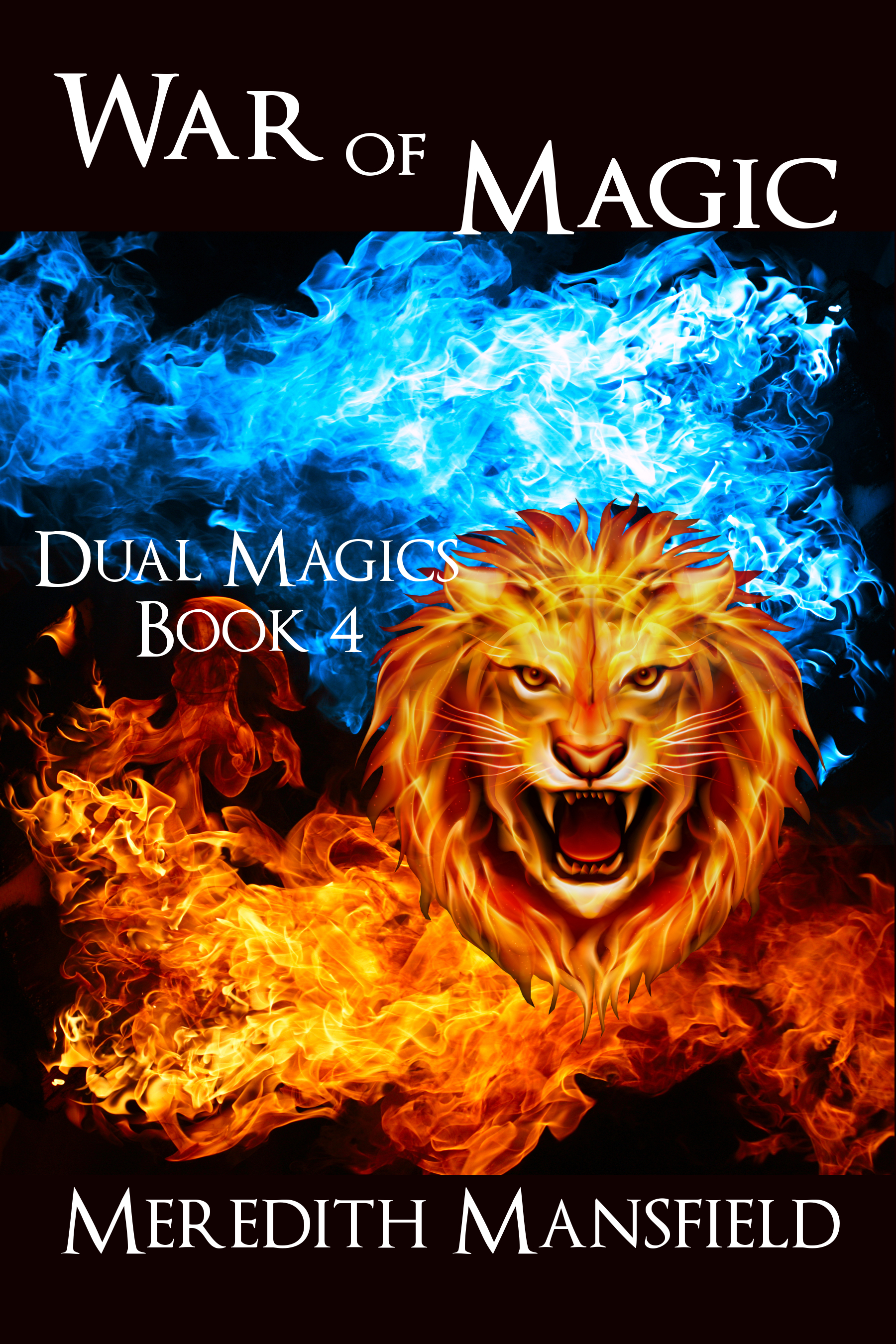I’m approaching the half-way mark on the second draft of MAGE STORM. It’s going really well, so far. I had a lot of fun writing a scene where the main character gets attacked by a griffin. But the pace is about to slow down.
I’m at the point, now, where I need to start building the conflict with the antagonist. This is where using a single point of view is making things difficult. In other books, by this time I would have introduced two or three scenes from the antagonist’s point of view. That makes it easy to show what the antagonist wants and what he’s willing to do to get it. This one is entirely from the point of view of the main character, so I can’t do that. It’s posing a bit of a problem.
I can work in the antagonist’s motivation, but not for several more chapters. The antagonist isn’t going to monologue in front of the main character (who he thinks he has duped), so the only way the protagonist can find out about it is from a third character who knew the antagonist way back when. That character won’t be introduced for three or four more chapters. Meanwhile, the antagonist just has to be a confusing and occasionally menacing presence. Well, for at least another chapter or two, before something happens that strips the mask away. Even then, the main character won’t understand why the antagonist would do something like that. Of course, that inability to understand can be used to make the antagonist just that much more scary for a while, so it’s not altogether a bad thing.
This, unfortunately, is probably going to take more than this draft to get really right, but it’s really necessary for this story to work.








